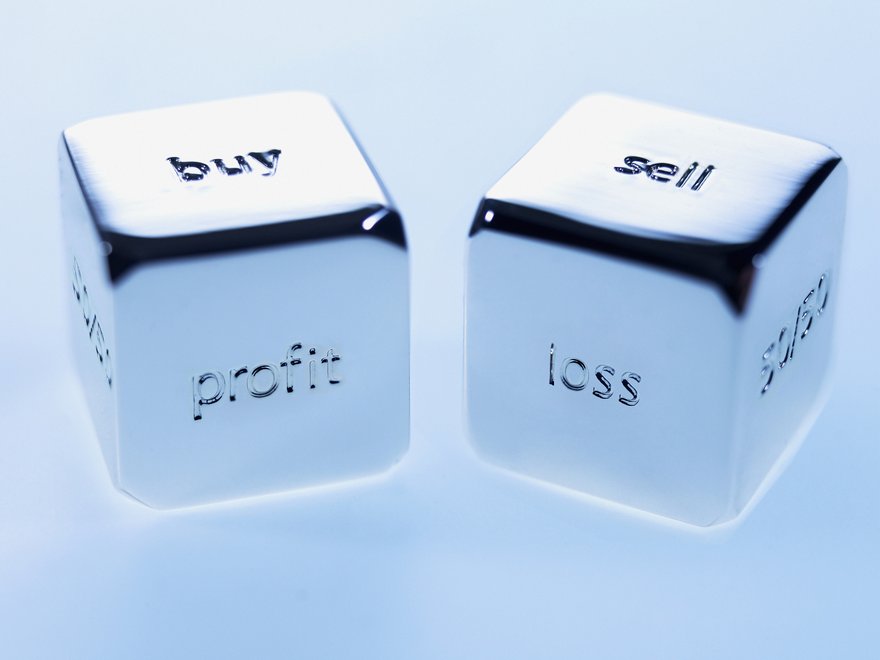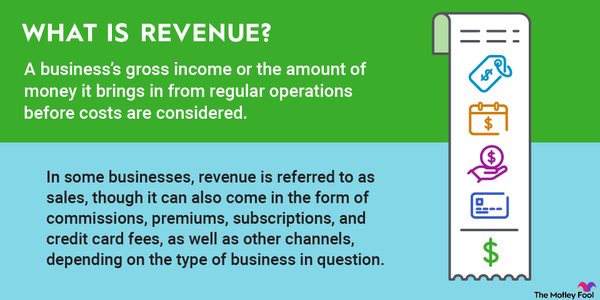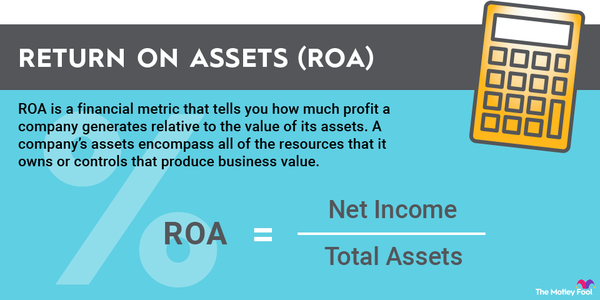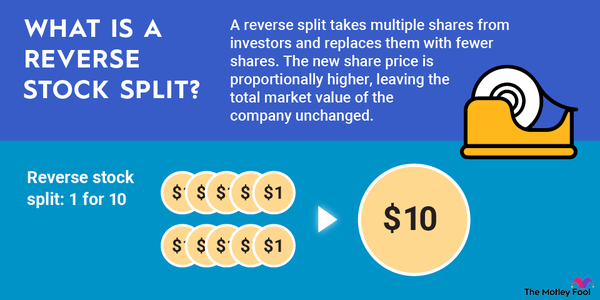Not all investment losses are the same. If you own stocks or other investments that are worth significantly less than you paid for them, you have a loss, but it’s only on paper until you decide to sell.
At that point, your losses become realized losses. Here’s an overview of what realized losses are, why it’s important to know the difference between realized and unrealized losses, and what realized losses could mean to you.

Definition
What is a realized loss?
A realized loss occurs when an asset is sold for a price that is lower than its original purchase price. For example, if you buy a stock for $100 per share and later sell it for $90 per share, you have a realized loss of $10 per share.
On the other hand, an unrealized loss occurs when an asset is worth less than you paid, but you haven’t sold it yet. As an example, if you paid $400,000 for your home and it now has a fair market value of $380,000, you have an unrealized loss of $20,000. Unrealized losses (and gains) are often referred to as “paper losses” because they are on paper only and don't mean you actually lost money.
Why they matter
Why are realized losses important?
Aside from the obvious reason why realized losses are important, they can also have some big tax implications for investors.
Specifically, realized losses can be used to offset realized gains for capital gains tax purposes. For example, if you sell a stock for a profit (realized gain) of $5,000 and sell another stock for a loss (realized loss) of $2,000, you will need to report and pay capital gains tax on only $3,000 of realized gains.
For tax purposes, there are two main types of realized gains and losses:
- Long-term: A long-term gain or loss occurs when you sell an investment that you’ve held for more than a year. Long-term capital gains get taxed at preferential rates.
- Short-term: A short-term gain or loss occurs when you sell an investment that you’ve held for one year or less. Short-term gains are treated like ordinary income for tax purposes.
If you have realized losses, they must first be used to offset any gains of the same kind. For example, if you have a long-term realized loss, you must use it to offset any long-term gains first before it can be used to reduce your short-term gains. As you might imagine, this can reduce your tax bill significantly if you’ve sold investments at a profit. In fact, strategically selling losing investments to reduce a capital gains tax burden is known as tax-loss harvesting and is a popular strategy, especially toward the end of the calendar year.
Even if you don’t have any realized gains to offset, as much as $3,000 in realized losses can be used to reduce your other income, and any excess losses beyond that amount can be carried over to the next tax year.
Take the loss or wait?
Should you take a realized loss or wait for a turnaround?
Selling investments at a loss can certainly help you save on your taxes, but it isn’t a good idea to sell your stocks just for a tax benefit.
The No. 1 reason to sell a stock has nothing to do with price. It has to do with whether you still believe in the long-term investment thesis. In a stock market correction, plenty of stocks can decline in value significantly even if their underlying business is doing just fine.
On the other hand, if a stock is down and you believe the money would be put to better use elsewhere, it can be a smart idea to sell and move on.
Reducing taxes with realized losses
Realized losses can help save you money on taxes
As mentioned earlier, a realized loss can significantly lower your tax bill, especially if you also have realized capital gains. Consider this example. We’ll say that you sell the following stocks this year:
- You paid $4,000 for stock A, held it for three years, and sold it for $10,000, producing a long-term realized gain of $6,000.
- You paid $2,000 for stock B, held it for six months, and sold it for $4,000, resulting in a short-term realized gain of $2,000.
- You paid $5,000 for stock C, held it for nine months, and sold it for $4,000, resulting in a short-term realized loss of $1,000.
- You paid $10,000 for stock D, held it for five years, and sold it for $3,000, resulting in a long-term loss of $7,000.
First, if you didn’t have any realized losses, you would have a total of $8,000 in taxable gains. However, your short-term loss would effectively reduce your short-term gain to $1,000. Your $7,000 long-term loss would completely erase your $6,000 long-term gain, and the extra $1,000 could be applied to further reduce the short-term gain. The net result is that selling investments at an $8,000 profit wouldn’t trigger a taxable event whatsoever because you decided to sell some of your stocks at a loss.






























































